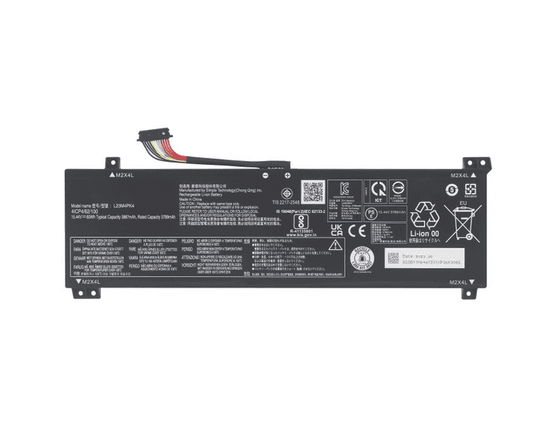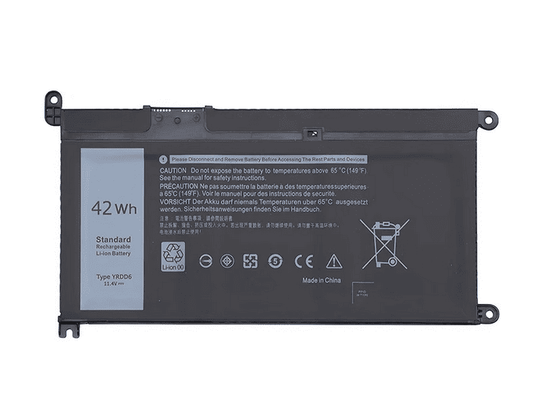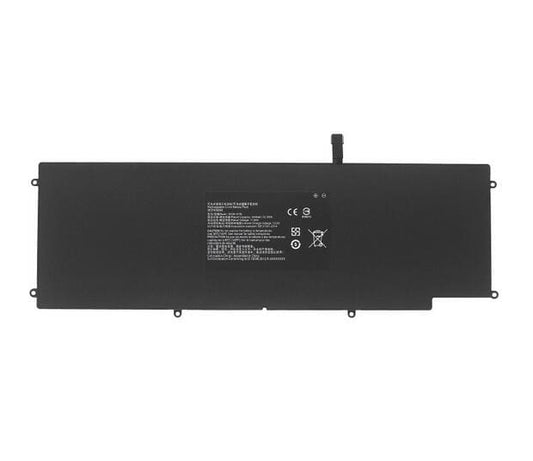
How To Store SLA Batteries in Cold Weather
Share
Sealed Lead Acid (SLA) batteries are widely used in applications ranging from backup power systems to electric vehicles. Their reliability depends not only on proper use but also on correct storage, particularly in cold environments. Storing SLA batteries incorrectly in low temperatures can lead to capacity loss, sulfation, and even permanent damage.
Cold weather presents a unique challenge because battery chemistry slows as temperatures drop. This reduces the battery’s ability to hold charge and increases internal resistance. Users often assume that simply placing batteries in a garage or unheated shed is sufficient. However, neglecting proper storage protocols can significantly shorten the lifespan of SLA batteries.
The purpose of this guide is to provide detailed, actionable strategies for storing SLA batteries in cold conditions. From understanding how low temperatures affect battery chemistry to practical steps for preparation and maintenance, this article ensures your batteries remain functional and safe through winter months.
Understanding SLA Batteries and Cold Weather Effects
Sealed Lead Acid (SLA) batteries are composed of lead plates and an electrolyte solution, typically sulfuric acid diluted with water. These batteries are “sealed,” meaning they are maintenance-free under normal conditions. However, temperature profoundly affects their performance and longevity.
At temperatures below 0°C (32°F), the chemical reactions inside SLA batteries slow down. This causes the battery to deliver less current than rated. For example, a 12V 7Ah SLA battery may show only 70–80% of its nominal capacity at -10°C. Repeated cold exposure without proper storage accelerates sulfation, a process where lead sulfate crystals form on the plates, reducing the battery’s ability to recharge.
Cold weather also increases the risk of freezing. Fully discharged SLA batteries can freeze at temperatures around -10°C to -15°C (14°F to 5°F). A frozen battery often cracks internally, making it irreparable. In contrast, a fully charged SLA battery has a much lower freezing point, around -70°C (-94°F). This demonstrates the critical importance of maintaining a proper state of charge before storage.
Understanding these effects is the foundation for proper cold weather storage. Users must consider battery type, charge level, and ambient temperature to prevent irreversible damage. By combining scientific knowledge with practical measures, you can ensure SLA batteries remain reliable even in the harshest winter conditions.
Preparing SLA Batteries for Cold Storage
Proper preparation is essential before placing SLA batteries in cold storage. Neglecting these steps can lead to reduced capacity, shortened lifespan, or permanent failure.
1. Fully Charge Before Storage
Always charge SLA batteries to 100% before storing them. A fully charged battery resists freezing and minimizes sulfation. For instance, a 12V SLA battery that is only 50% charged may freeze at -10°C, while a fully charged one can withstand far lower temperatures. Use a quality charger with an automatic cutoff to prevent overcharging.
2. Clean the Battery Surface
Dirt, moisture, and corrosion can accelerate self-discharge and chemical damage. Wipe the battery terminals and case with a dry cloth. Avoid using water or harsh chemicals, as moisture can freeze and damage the battery casing. A light coating of petroleum jelly on terminals can prevent corrosion.
3. Inspect for Damage
Check the battery for cracks, bulges, or leaks. Any compromised battery should not be stored in cold conditions, as it may freeze, leak acid, or fail during use. Using damaged batteries can be dangerous, especially if they are stored near other electronics or flammable materials.
4. Use a Storage Container or Insulation
If possible, place batteries in an insulated box or battery storage cabinet. This helps moderate temperature fluctuations, preventing rapid cooling that stresses the internal chemistry. Even simple foam insulation around the battery can improve winter resilience.
5. Label and Record Battery Status
Keep a record of the battery’s charge level and storage date. This helps track maintenance cycles and ensures timely recharging during long storage periods. Proper labeling is particularly useful when storing multiple batteries in a cold warehouse.
Following these preparation steps ensures your SLA batteries start winter storage in optimal condition, reducing risks associated with low temperatures and maintaining reliable performance.
Optimal Storage Practices and Safety Tips
Correct storage conditions are critical to maintaining SLA battery performance during cold weather. Even well-prepared batteries can degrade if stored improperly.
1. Maintain a Stable Temperature
SLA batteries should ideally be stored in an environment between 0°C and 25°C (32°F–77°F). Avoid locations with extreme fluctuations, such as unheated garages exposed to outdoor temperatures. If indoor storage is not possible, insulated battery boxes or thermal blankets can moderate temperature swings.
2. Avoid Direct Contact with Cold Surfaces
Place batteries on wooden pallets, foam pads, or insulated shelving instead of concrete floors. Cold surfaces accelerate energy loss and increase the risk of freezing. Elevation also protects batteries from moisture on the floor, which could damage terminals.
3. Periodic Monitoring and Recharging
Even in storage, SLA batteries self-discharge over time. Check charge levels every 1–2 months. Recharge batteries to full capacity if voltage drops below 12.4V for a 12V SLA battery. This prevents sulfation and ensures batteries remain fully functional for future use.
4. Ensure Proper Ventilation
While SLA batteries are sealed, minimal gas can escape during charging. Store them in a well-ventilated area to prevent buildup of hydrogen gas, which can pose a fire risk. Avoid stacking batteries tightly without airflow.
5. Safety Precautions
- Never store damaged or leaking batteries.
- Keep batteries away from flammable materials.
- Wear gloves and eye protection when handling batteries.
- Avoid short-circuiting terminals; always cover them if necessary.
Implementing these practices ensures SLA batteries remain safe, efficient, and ready for use even after months in cold storage. Proper monitoring and maintenance during storage are as important as the initial preparation.
Maintaining Battery Health After Cold Storage
Once cold storage ends, proper handling is essential to restore SLA batteries to full functionality. Batteries left too long in cold conditions may need careful attention before use.
1. Inspect Batteries Before Use
Check each battery for cracks, bulges, leaks, or corrosion. Even small damages can lead to failure when the battery is placed under load. Clean terminals with a dry cloth and ensure all connections are secure.
2. Gradual Warming
Avoid using batteries immediately if they are cold. Allow them to reach room temperature before charging or connecting to equipment. Sudden charging or heavy discharge at low temperatures can stress the battery, reducing capacity.
3. Controlled Recharge
Recharge the battery slowly using a compatible charger with a temperature-compensated charging mode if available. Rapid charging in cold or recently warmed batteries can cause overheating or uneven chemical reactions inside the cells.
4. Test Capacity and Voltage
After charging, test the battery’s voltage and capacity. A fully charged 12V SLA battery should read around 12.7–13.0V at rest. Load testing ensures the battery can deliver adequate current for its intended application. This step prevents surprises in critical systems.
5. Implement a Maintenance Schedule
Even after storage, SLA batteries benefit from regular maintenance. Monthly voltage checks and recharges as needed help prevent sulfation and capacity loss. A simple log of charging dates and voltage readings improves long-term reliability.
Following these post-storage practices ensures SLA batteries perform reliably and safely. Combined with proper preparation and cold-weather storage, these steps extend battery life and maintain efficiency across seasons.
Conclusion
Storing SLA batteries in cold weather requires careful preparation, consistent monitoring, and safe handling. Fully charging batteries, insulating them, and maintaining stable temperatures protect them from freezing and capacity loss. Regular checks and controlled recharging after storage restore their performance and reliability.
By following these best practices, both residential users and industrial operators can maximize SLA battery lifespan, reduce costs, and avoid failures in critical applications. Proper storage is not just about convenience—it is an investment in battery longevity and safety.




